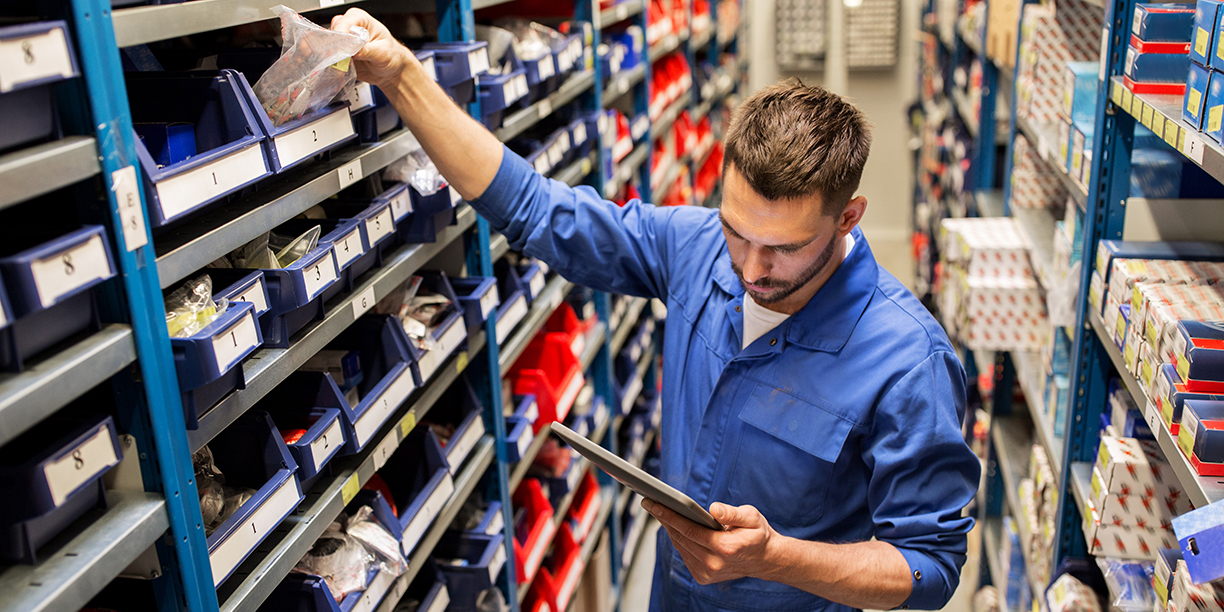
Furthermore, when it comes to adoption, the report stated that robotics and automation will double in the next 3 to 5 years, growing from 38% to 76%.
Most of the reasons that companies are stepping up their investments in industrial robotics and automation aren’t necessarily new. However, the impact of these drivers definitely became more pronounced over the past two years and are likely to become permanent.
Labor is an example. Fifty-two percent of survey respondents indicated that hiring and retaining qualified workers is their biggest challenge.
At the same time, the e-commerce explosion, including direct-to-consumer (DTC) fulfillment, is new for a variety of retail sectors that either didn’t offer online shopping previously, or did so in a limited fashion.
The combination of these two trends is significantly impacting the warehousing and distribution sector. Admittedly, warehouse labor was generally tight prior to the pandemic, and picking “eaches” isn’t new. However, the scale at which these both have been altered in such a short time is extraordinary.
Intensified expectations surrounding velocity and accuracy against a backdrop of SKU proliferation and demand for greater cost efficiencies doesn’t leave much room for preserving the old way of operating a warehouse or distribution center.
Fortunately, the pace of innovation has also advanced in the past few years. Simply put, industrial robotics and automation are more ubiquitous and affordable than ever before, thereby lowering barriers to adoption for many companies and sectors.
The food and beverage space is a key example. Grocery stores, restaurants, and wineries were among those required to pivot quickly during the pandemic. As a result, their “new and improved” e-commerce sales channels are now a permanent fixture that is helping these businesses grow customer engagement and the bottom line.
Learn more about how industrial robotics, including our mobile autonomous robotic cart MARC, can take your business to the next level. Reach out to the MūL Technologies team today!
These Stories on Material Handling